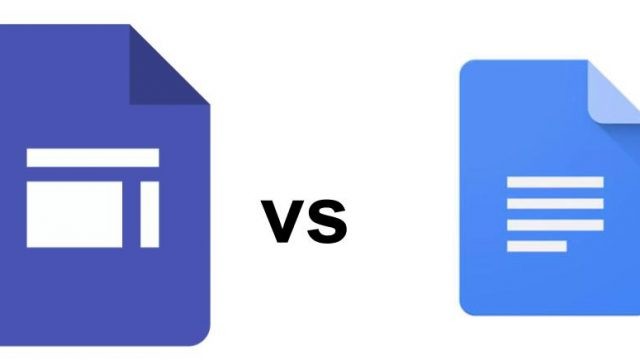 Català (Catalan)
Català (Catalan)  Español (Spanish)
Español (Spanish)
It is strange how we are evolving, but, deep down, we are people of habits and it is difficult for us to change. Why do we do things in a certain way? Often simply out of habit. And because of the change in mentality that we should make in order to do them differently.
Despite this very philosophical introduction, I would like to talk about a very simple, concrete and everyday issue: text documents. Consider Word, Google documents or PDF.
I understand that, when a few years ago a text document was being made, the idea of printing was being considered. In fact, in all word processors there is a view where you see the sheet of paper with its margins. The word processor was created to replace the typewriter and was therefore designed to make documents that would end up being printed.
In the 21st century and with the internet practically everywhere, we have already realized that printing makes little sense. When you print a document, apart from the environmental impact it has, it is automatically out of date. Any change will require a new print, and you will need to have a good numbering system to control the versions and know which is the latest.
Little by little, companies, entities and organizations (and educational centres) are becoming aware of this and, fortunately, less and less is being printed. If you can consult it at any time because it is accessible from any device, why print it? If we also add that the document can be modified directly without downloading (with Google documents, Word on-line or similar) we already close the centre.
But then the big question comes up: Why do we still use the text document format? We have a lot of documents that we know we won’t print, so why do we use a word processor? It is very, very common in schools. If not, think about your centres: how are the minutes of the meetings taken? What format is the educational project in? And the operating rules? If you want to submit a project to a competition or apply for a grant from the town hall, what format do you ask for? There are centres (few, I hope) that send information to families by e-mail, but the content is in an information circular in a document attached or linked to the mail. And I don’t say the administration any more. How does the council publish the rules for starting the course? How are the resolutions or laws published? In what format are the manuals made? It must be said that there is now a fashion that I do not understand using presentations (from Google or PowerPoint) to make documents. But we are exactly the same. If it ends up being converted into a pdf, it’s still a landscape document.
And what format should we use? I think that the answer comes alone. Some format designed to be consulted on screen. At the very least, one that adapts to the device from which it is consulted and that allows optimum organization to facilitate the location of the information. Logically, the web format is much more suitable. But saying web format does not mean anything either, since in the end, a Google document is also consulted through the web browser. I always think about Google sites, although a website made with WordPress, Wix or Adobe Spark would be equally valid.
Can we imagine that the centre’s project or regulations were not a document but a website? Some centres have started to change it, but they are a minority. What if the instructions for starting the course could be consulted on a well-organized website or not have to download a pdf? I only see advantages. Always updated, structured, accessible from anywhere, adaptable to the screen of the device with which you consult it.
Of course, depending on the documents, they can also be done with other more visual formats. An infographic with Genially is also a great format depending on the information you want to transmit. And we are sure that we would find more formats that could be useful to us.
Not many years ago, schools that had a school magazine made by the students and which they distributed in print to students and families, for ecological and economic reasons, decided to stop printing it. Some schools simply continued to make the magazine exactly the same and send a pdf to students and families. Others, however, realized that if it wasn’t printed, the format would have to be changed and decided to create a school blog. What would we do?
What if we stopped making text documents to be consulted only on screen and looked for much more useful formats?

